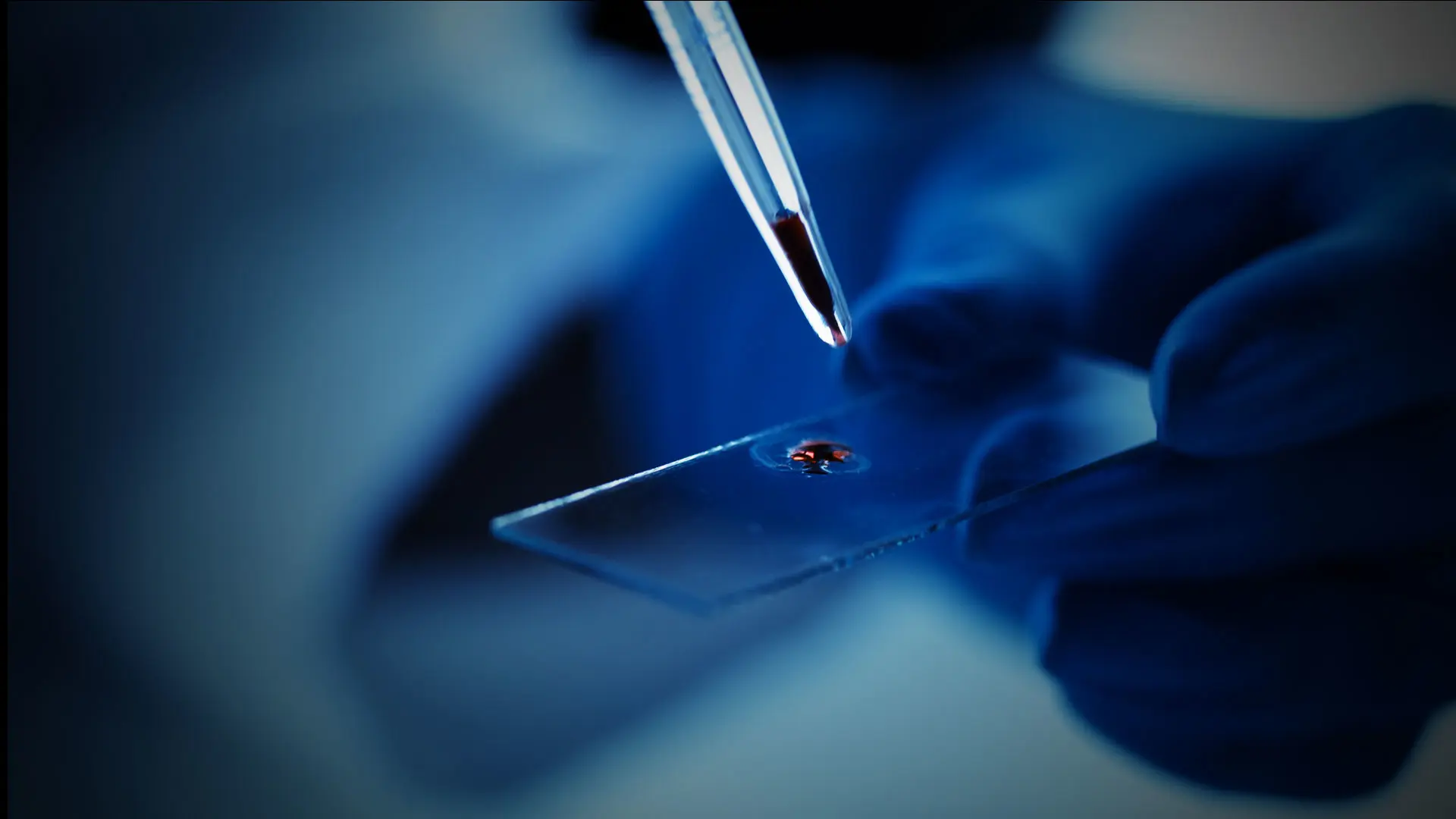At Mount Sinai’s Head and Neck Institute, early cancer detection is increasingly being conducted via liquid biopsy in concert with—and in certain cancers as a replacement for—tissue biopsy. Quickly becoming a critical standard of care component, the specialized blood test can identify the presence of tumor cells in their earliest possible stage; is far less invasive than a traditional tissue biopsy; and can be used for both screening and surveillance.
“For decades, abnormal findings on a patient’s physical exam or imaging test needed to be biopsied to rule out a malignancy. By using liquid biopsy, not only can physicians avoid this invasive procedure, but we can detect cancerous changes in the patient’s body long before symptoms appear,” says Eric M. Genden, MD, MHCA, FACS, Clinical Director of the Institute
and Isidore Friesner Professor and Chair of Otolaryngology-Head and Neck Surgery for the Mount Sinai Health System.
Significant Implications for HPV-associated Throat Cancer
The advanced precision of liquid biopsy is most evident in treating human papillomavirus (HPV)-associated throat cancer. Currently, Mount Sinai uses the procedure for diagnosis, screening, surveillance, and treatment of the malignancy.
For symptomatic patients or asymptomatic patients with risk factors for head and neck cancer—such as a history of HPV or exposure to radiation—physicians may use liquid biopsy for early detection. The procedure has been found to identify cancerous changes in HPV-associated throat cancer four to six months before the patient has any signs or symptoms of disease.
For patients in active treatment, physicians use liquid biopsy to determine how well treatment is working and what molecular changes are occurring in the tumor. In those who have been diagnosed and treated, liquid biopsy can be used to gauge the likelihood of recurrence. The level of tumor-modified DNA is typically checked every three months in these patients.
Potential to Advance the Personalization of Cancer Treatment
While liquid biopsy is rapidly becoming an important tool in cancer detection, in most cancers, tissue biopsy is still considered to be the gold standard. Current tests that are available for liquid biopsy are more sensitive to cancers that shed tumor DNA into the blood stream—such as throat cancers—and less so for those that tend to hold DNA inside the tumor cells—such as cervical cancers. For this reason, liquid biopsy is oftentimes combined with traditional biopsy and imaging procedures.
The technology, however, is rapidly evolving and becoming more precise. Currently, liquid biopsies that are highly sensitive may obviate the need for other tests, scans, and procedures for throat cancers. As the science continues to advance, the procedure may also play an
important role in personalizing cancer treatment.
“Cancer therapies are increasingly being matched up to the individual tumor,” says Dr. Genden. “By evaluating the DNA of the tumor, researchers can identify specific mutations that need to be targeted. Physicians can then choose the chemotherapeutics that can best fight
the genetic material in that tumor.”
Featured

Eric M. Genden, MD, MHA, FACS
Professor and Chair of Otolaryngology–Head and Neck Surgery
